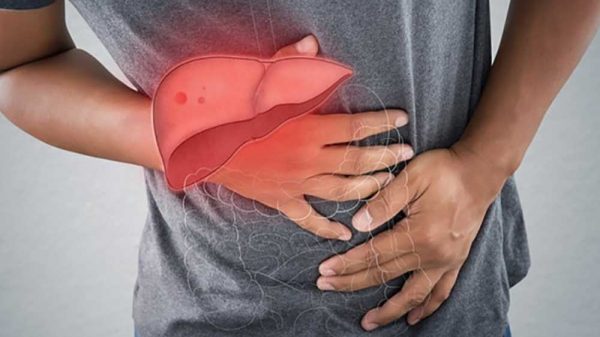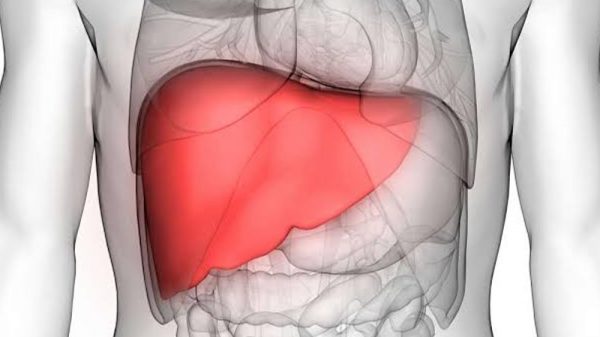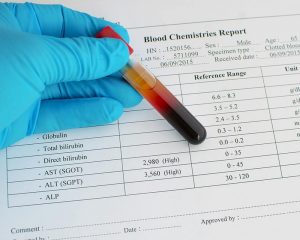You must be well aware of liver transplant FAQs and basic facts before you go for the procedure if you need one. It is a surgical procedure where a damaged liver is removed and a healthy donor-liver is put in its place. The first liver transplant was performed about 40 years ago. And since then, it has helped save countless lives. Many people have a liver transplant and then go on living a perfectly normal life. But then, you should not go for liver transplant surgery without first asking all the necessary questions. Your doctor will explain certain things to you and your family when he recommends a liver transplant. However, just that conversation may not be enough. You most likely would have many more questions that need answers.
If you have questions about liver transplants and you need answers, you have found the right article. We will share basic facts about liver transplant (LT) surgeries. We will also provide answers to the common questions people have about the procedure. As a starter, there are 2 forms of LT options. You can either get a living donor-liver or a dead donor-liver. If you are getting your donor-liver form a dead person, you will be getting a whole new liver altogether. But if you are getting from a living donor, only a segment of the liver will be transplanted into you. The segment will grow into full size within a few weeks. The same happens to the segments left in the donor. They will also grow back into full size.
Liver Transplant Facts
Most transplants are from dead donors. In many cases, the donor is someone who just died from a head injury, an accident, or a brain hemorrhage. Such people may only be brain dead while their heart is still pumping blood. As such, the liver is still fully functional.
When a person is brain dead, it means that the brain is no longer functioning. Even if the heart is still pulsating, a brain dead person is legally dead.
This is because the brain can no longer be revived. So then, blood may be running through the person’s veins, but no cognitive process or mental function is going on.
A brain dead person cannot give consent. So, it is usually the person’s next of kin that makes the decision. There are, however, some people who have instructed before their death, that when they die, their liver should be donated to someone who needs it.
If you are receiving a deal donor-liver, your doctor will not give you any information about the donor. The doctor will reveal neither the person’s identity nor the cause of death. All information about the person is kept confidential.
People who receive LT must find a matching donor. This means that the donor liver must match with the recipient. This has nothing to do with age, gender, tissue type, etc. There are only 2 requirements, namely body size, and blood type.
The first requirement is that the body size of the donor and recipient must be similar. Secondly, their blood types must be compatible. Aside from these 2 requirements for matching, there are no others.
Finally, let’s talk about safety facts. LT has some risks involved, but it is quite safe overall. Liver donation is quite safe too. If you donate a part of your liver, it will grow back to full size within a few weeks to 3 months.
Liver Transplant FAQs
1. The waitlist: how does it work?
Where you fall on the waitlist depends on how critical your condition is, as well as how your liver matches with the donor-liver. When you joined the waitlist and how close you are to the donor also plays a huge role.
On a normal day, children who are 11 years old and below are given special consideration. They have some additional points given to them.
Factors like financial capacity, celebrity status, ethnic background, and race have no relevance at all. They do not in any way determine the allocation of donor-organs.
The waitlist is not like a long list where you wait for your turn. It is a list that works by ranking. This ranking is done each time a donor-liver is available. The blood type and body size of each donor vary. So a new ranking is done each time there is a donor-liver available.
2. What is the usual duration of the surgery?
People usually feel that the longer the surgery is, the riskier it is. This is not far from the truth, but there is no solid scientific data that backs it up.
Anyways, people still care to know how long LT surgeries usually last. It takes an average of 8 hours. If there are no complications at all, the surgeons may finish within 6 hours. But if there are serious complications, the operation may last as long as 14 hours.
3. How about the risk of rejection?
If matching is done well, transplant rejection should not be fatal. In a true sense, your body will never fully accept the new liver. You will have to keep taking immunosuppressant drugs for life.
However, your dose will reduce over time as your body starts getting more and more comfortable with the new liver. But on rare occasions where there is total rejection, you may enlist for another transplant.
4. What are the chances of survival?
Your chances of survival depend on quite a few factors. But generally speaking, 60% to 75% of adults who undergo LT survive, depending on where you do it. Some centers have a higher survival rate than others. For children, the survival rate goes up to 80–90%.
5. What Are The Risks of the Procedure?
When it comes to the risks of LT surgery, there is nothing out of the ordinary. The risks are the same as the common risks of major surgeries.
The risks include some technical difficulties that may occur while trying to remove the damaged liver. They also include difficulties that may occur while implanting the donor-liver. Some complications may also arise from the short period that you would stay without a liver.
Liver transplant facts show that the procedure may be risky but it is generally safe. The surgeons will monitor you very closely during the operation. They will also do everything they can to keep you safe and prevent complications.























